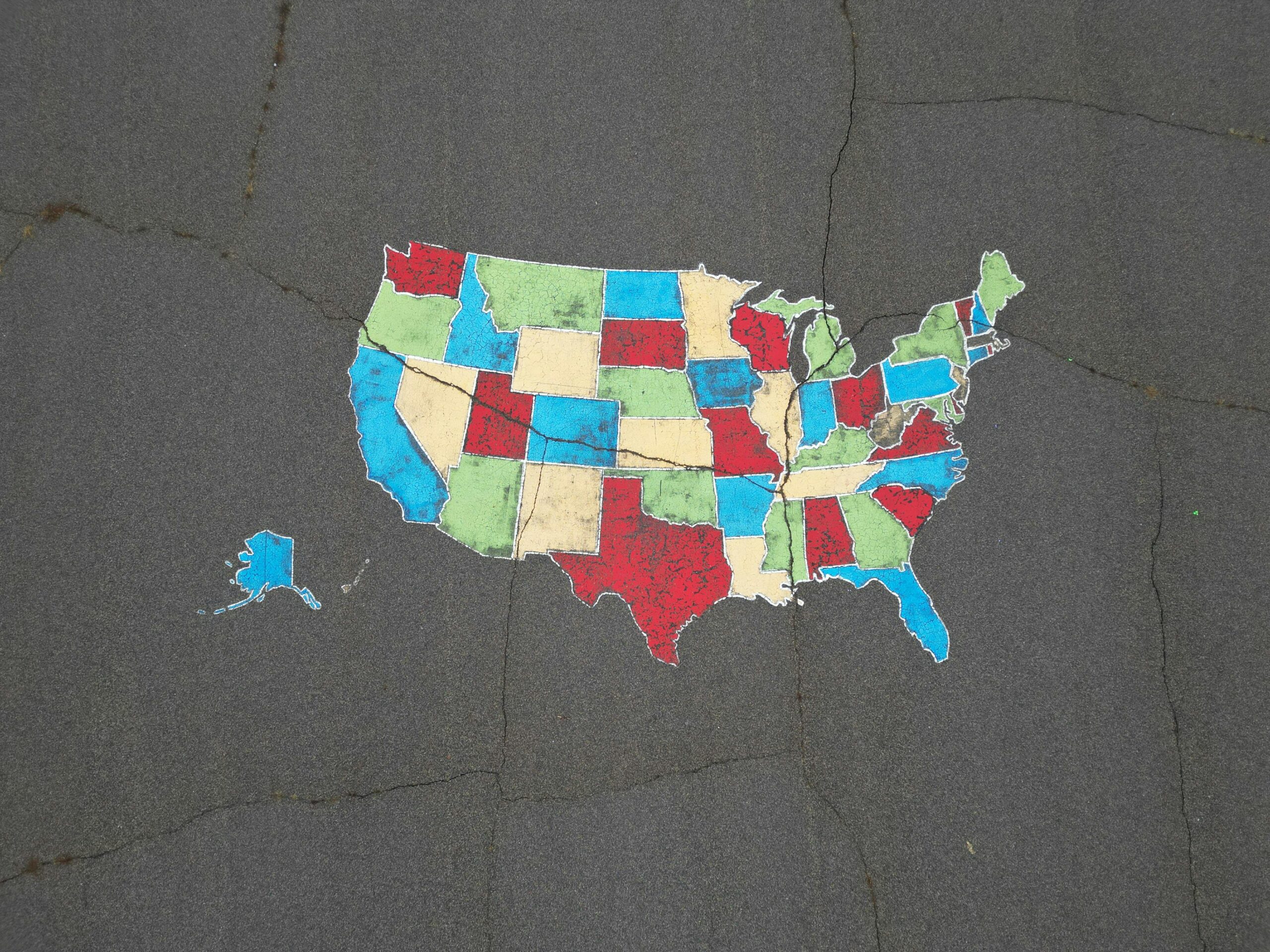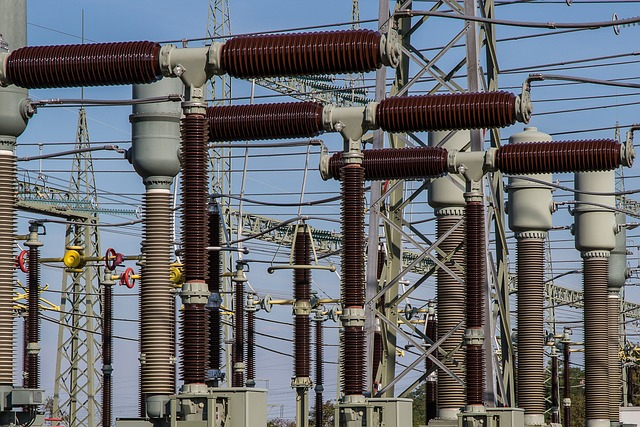
Trakref
Numerous States Considering HFC Refrigerant Regulations

Now that HFC refrigerant regulations are up in the air at the federal level, numerous states are considering their own refrigerant regulations, including California, Connecticut, Maryland, and New York.
Hydrofluorocarbons (HFCs) have high global warming potential (gwp), more so than HCFC refrigerants, and contribute to the amount of greenhouse gases in the environment, including mildly flammable ones. They ultimately deplete the ozone layer. Refrigeration systems often use them instead of CFCs and HFCs, despite their ozone depleting potential and impact on environmental sustainability – even energy efficient air conditioners use them. Industrial refrigeration, heat pumps, and air conditioning have used these types of refrigerant for decades ever since the Clean Air Act and the Montreal Protocol, but they are starting to be phased out.
We’ve got the latest on how this will affect corporate sustainability initiatives. 👍
Numerous States Considering HFC Refrigerant Regulations
The future of HFC controls at the federal level is unclear, even though we know their use in air conditioning systems and commercial refrigerants are causing greenhouse gas are increasing our environmental footprint. Here’s why:
One – the EPA SNAP Rule 20 HFC prohibitions were vacated earlier this year.
And two – the EPA recently proposed to revise the Section 608 refrigerant management regulations, where it would “rescind the leak repair and maintenance requirements” for HFCs.
Just when you thought things couldn’t get more complicated, numerous states have signaled that they may adopt their own HFC refrigerant regulations to compensate for the federal level activity.
These states include California, Connecticut, Maryland, and New York.
Let’s look at these initiatives with more detail.
1. California
Prohibitions on Use of Certain Hydrofluorocarbons in Stationary Refrigeration and Foam End-Uses
On March 22, 2018, the California Air Resources Board (CARB) approved for adoption a proposed new HFC regulation: Prohibitions on Use of Certain Hydrofluorocarbons in Stationary Refrigeration and Foam End-Uses.
The proposed regulation impacts retail food refrigeration equipment in specific end-uses, much like the EPA’s SNAP Rule 20 (now vacated).
However, unlike EPA’s SNAP Rule 20, the proposed CARB HFC regulation only affects certain stationary refrigeration and foam end-uses.
You can read more on this matter here, and you may also find our chart on the proposed prohibitions helpful.
California Cooling Act
In Sept. 2018, the California passed SB 1013, the California Cooling Act, which adopts SNAP Rules 20 and 21 HFC prohibitions into state law and establishes an incentive program for low-GWP refrigeration.
2. Connecticut
In a press release from this Sept. 2018, Connecticut’s Governor Malloy announced that he “directed the Connecticut Department of Energy and Environmental Protection (DEEP) to develop regulations that will phase out the use of hydrofluorocarbons (HFCs).”
The press release goes on to say that the Connecticut DEEP “will begin the rule making process to develop regulations to adopt the 2015 and 2016 changes to the federal Significant New Alternatives Policy (SNAP) regarding hydrofluorocarbons.”
Note the reference here to not only the 2015 changes but also the 2016 changes to the federal Significant New Alternatives Policy (SNAP).
3. Maryland
A press release, published by the Maryland Department of Environment in September, states,
“After efforts have stalled at the federal level, states have begun their own phase out initiatives. The Maryland Department of the Environment intends to develop regulations similar to those in development in California, which would phase out the use of certain HFCs in foam products and in refrigeration equipment in retail establishments, such as supermarkets.”
4. New York
The New York Department of Environmental Conservation (DEC) is also considering its own HFC rule making that would adopt the “prohibitions on specific uses of HFCs in refrigerants, aerosol propellants, and foam-blowing agents that were previously finalized by the US Environmental Protection Agency in 2015 and 2016, under the Significant New Alternatives Program.”
You might be interested to know that just today, on Nov. 14, 2018, the New York DEC hosted a pre-proposal webinar on a HFC rule making. There will be another such webinar later in the month on Nov. 28, 2018.
All of these states are a part of the U.S. Climate Alliance, which has an initiative for short-lived climate pollutants (SLCPs).
With these states considering HFC refrigerant regulations, the HVAC/R landscape continues to complicate.
Know what refrigerants are being phased out at the federal level now. Get our free Refrigerant Phase Out Chart below.
And if you’re looking for a partner in refrigerant tracking and compliance, turn to Trakref. We’re a software corporation that has been in the regulatory compliance software and environmental compliance calendar software space for years. As an environmental software provider, we make sure our refrigerant capabilities will help you in your journey towards compliance and sustainability, as well as helping you with ESG reporting and answering sustainability audit questions.



